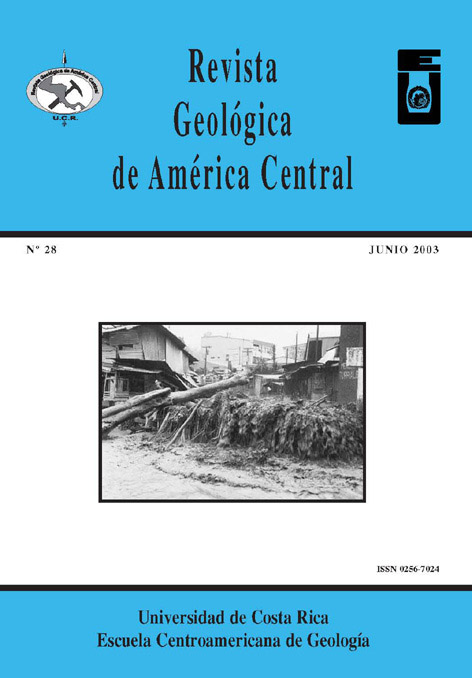Abstract
This paper reports the discovery of six species of Late Cretaceous planktic foraminifera in earlyPaleocene hemipelagic limestones and tuffites from the Quepos promontory of Costa Rica as well as newPaleocene basement exposures in fila Chonta and Parrita indicating the extension of the basaltic basementcomplex to the northern hinterland area. The foraminiferal assemblage identified is composed of reworkedkeeled individuals of the species Rosita sp., Globotruncana f. arca (Cushman), Globotruncana cf. ventricosa(White), Globotruncana cf. linneiana (d’Orbigny), Globotruncanella sp., and Gansserina gansseri (Bolli). Ofparticular biostratigraphic significance is the presence of G. gansseri, a key species from the lateMaastrichtian, in three localities studied, because it records in fact older hemipelagic strata within the QueposComplex, suggesting that the exposed early Paleocene basement rocks probably represent its youngest suite.In the study area, the basement rock assemblage records an emergent edifice –a basaltic island– derived fromsubmarine volcanic activity during the early Paleocene and probably Maastrichtian time. In the absence ofevidence for accretion processes related to basement emplacement in this area, both the Cretaceousforaminiferal assemblage and the new Paleocene basement exposures suggest an in-situ origin of the QueposBasic Complex in the Costa Rican forearc.##plugins.facebook.comentarios##
Downloads
Download data is not yet available.


